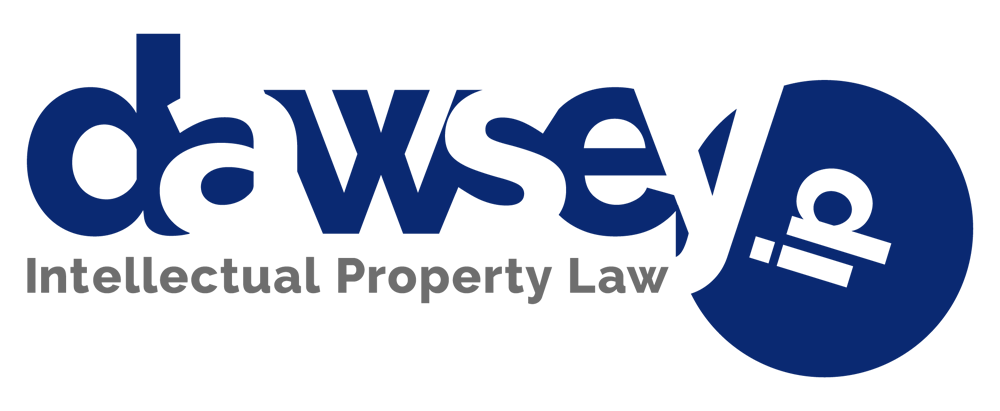
Contributory patent infringement
© 2002, Dawsey Co., LPA
December 2002
When inventors worry about infringement of their patents, most envision someone knocking off and selling exact copies of their invention, or perhaps making small changes in their inventions that are close enough to qualify as infringement. For a device that constitutes a combination of elements, this would normally be a device hat includes all the elements. But consider another “infringement” scenario. A device that has less than the elements of a patented device is normally noninfringing. Suppose a copier makes a device that is intentionally less than patented knowing that his device will have other elements added that will make it into an infringing device? For example, your patented radio is manufactured with one component missing, that a user can easily buy and add. Is there liability?
Often yes, thanks to the doctrine of contributory infringement. First developed in the courts over 130 years ago, this doctrine is now codified in the patent statute, at 35 U. S. S 271(c). The section provides:
“Whoever imports into the United States a component of a patented machine, manufacture, combination or composition, or a material or apparatus for use in practicing a patented process, constituting a material part of the invention, knowing the same to be especially made or especially adapted for in an infringement of such patent, and not a staple article or commodity of commerce suitable for substantial noninfringng use, shall be liable as a contributory infringer.”
First consider an inventor’s status if this doctrine did not exist. An inventor would not be able to bring an infringement action against a manufacturer of less than his or her invention, only against the end users who added the additional elements necessary to complete the infringement. These end users might be potentially liable only for a single infringement, and could be difficult to find, prosecute, and collect against. An inventor would be left chasing the products of infringement, and would never be able to go after the real source of the problem. It would be difficult, if not impossible; to ever enforce patents for combination devices, and the whole of our system of patent law would be threatened.
Fortunately, the doctrine of contributory infringement prevents such loophole exploitation. The law requires three factors to make a case for contributory infringement; (1) a sale, (2) of a material component of a patented invention, and (3) knowledge that such component has been especially made for use in the infringement of a patented invention.
The first two factors are generally self-evident. Difficult issues of proof may arise on the question of knowledge, although courts may infer knowledge of the later illegal use of an item by indirect means, including patterns of sales. The law also makes an exception for “staples of commerce” that have substantial non-infringing use. In other words, if a common component had multiple possible uses besides use as part of an infringing device, its manufacture or importation would not be contributory infringement. This also can raise difficult issues of proof, as infringers will always attempt to characterize their components under such an exemption.
Contributory infringement under 35 U.S.C. S271(c) only covers activity by a third person that causes another to directly infringe a patent. Without a direct infringement, there can be no contributory infringement, but it is not necessary to bring actions against both the direct and contributory infringers, only that the direct infringement must have occurred.
In a related area, 35 U.S.C. 271(b) provides remedies for the inducement of infringement, which is the act of instructing, directing, or advising a third party as to how to infringe a patent. For example, one cannot supply a kit of components, with instructions and the intent that the end users use it for assembly of an infringing product. As with contributory infringement, the activity induced must be a direct infringement. Also, the inducers must have more than knowledge of planned infringement, they must actively intend that result.
While the doctrine of contributory infringement has its roots squarely in the 19th century, and was initially developed to prevent the infringement of machines, the electronic era has added a number of aspects to this law, especially in its application to copyrighted software. In fact, developments in copyright law in this area are likely to eventually begin to effect patent laws and doctrines. For example, one can commonly find access codes and software serial numbers posted on the web, which allow unauthorized users to use or copy protected software. Posting such material can make one a contributory infringer. The doctrine of contributory infringement can reach farther than those posting or using such information. Web hosts, who support such sites, or even those who provide server space for such activity, may be named as contributory infringers.
Despite limitations, the doctrine of contributory infringement can be a powerful tool to help inventors and other IP creators protect their property.
